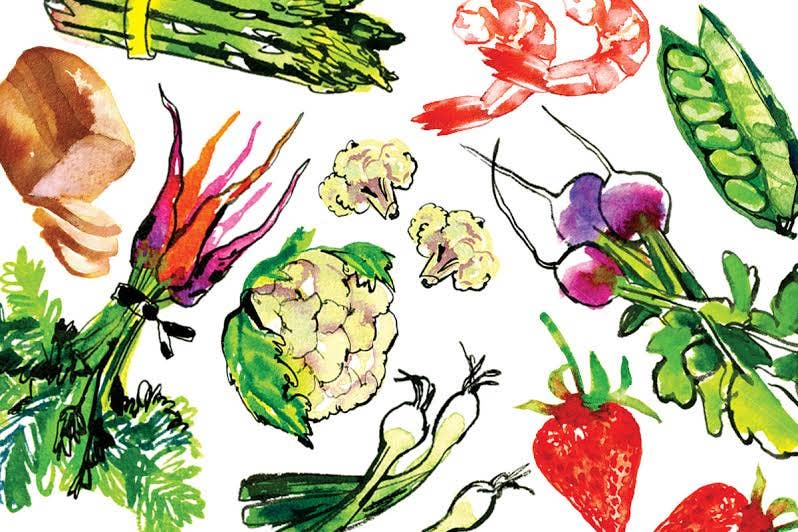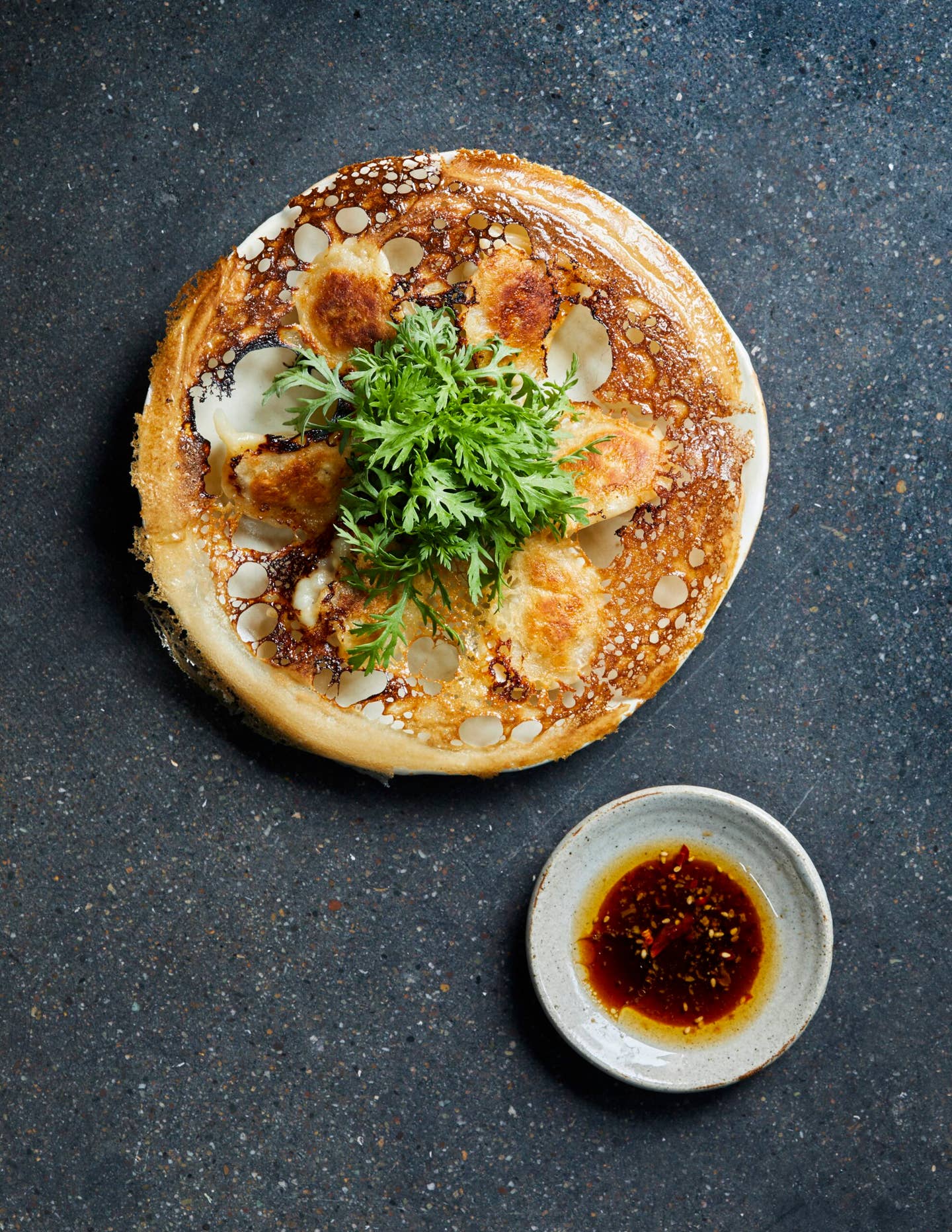
The word choucroute means sauerkraut—which is simply fermented cabbage—and has also come to mean the show-stopping dish, definitive of Alsatian cuisine, that tops the sauerkraut with (typically) copious portions of pork in the form of bacon, ham, and sausages, as well as fresh meat. This dish, also often called ''choucroute garnie'' or ''choucroute garnie a l'alsacienne'', is the ultimate democratic food, served everywhere from the simplest homes to the grandest three-star restaurants.
The origins of sauerkraut are hotly debated in Alsace, but the basic notion of fermented cabbage was probably brought to what is now Germany from China in the late Middle Ages by invading Mongol hordes. The earliest reference to it in Alsace dates from the 15th century. Whatever its ancestry, choucroute quickly became a staple of the local diet, and for hundreds of years—until the early 20th century—Surkrutschniders, or sour-cabbage cutters, toured the countryside, shredding cabbage to order in towns and on farms.
Today, the processing of sauerkraut is left to professionals. ''You could make it at home,'' says Xavier Schaal, managing director of the Choucroutal cooperative in Geispolsheim, one of the largest producers in Alsace, ''but you'd need at least 100 kilos [over 200 pounds] of raw cabbage at a time, or you couldn't get it to ferment properly.'' Choucroutal makes about 2,250 metric tons (4,961,250 pounds) of choucroute annually, out of about twice that weight of cabbage. Most sauerkraut is sold seasoned, but some cooks buy it unseasoned so that they can flavor it to their own taste with wine and spices—most typically juniper berries, black pepper, and caraway seeds.
Choucroute is generally considered a cold-weather dish, though more contemporary renditions make it suitable for warmer months as well. One such example is choucroute aux poissons, which Guy-Pierre Baumann says he invented in 1970. Made with halibut, salmon, and haddock, the dish was at first received with skepticism in Alsace—but it has since become popular all over France.
Keep Reading
Continue to Next Story










